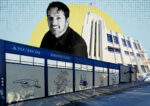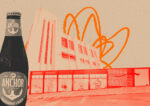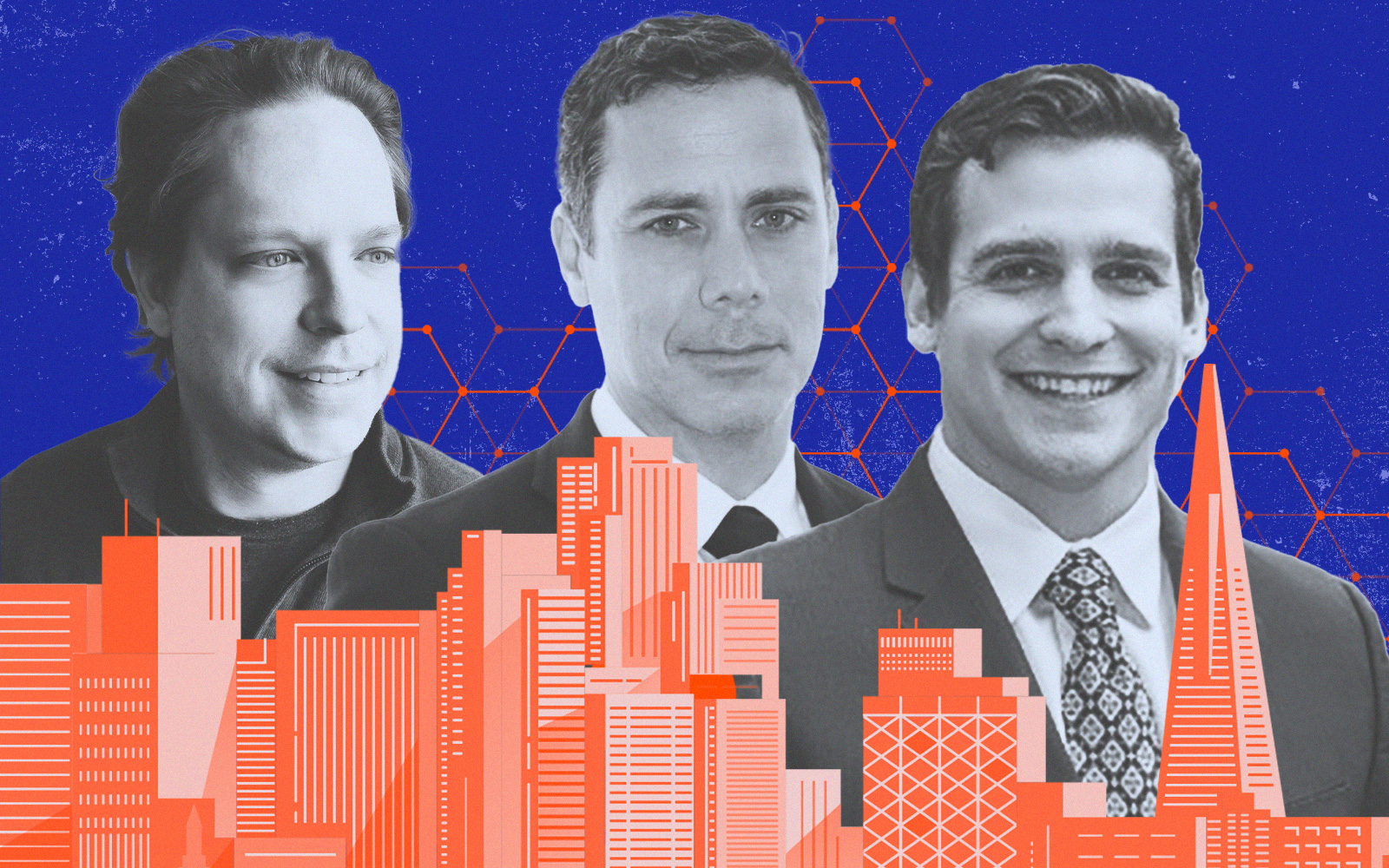An office or residential conversion could be on tap at Anchor Brewing, assuming bids to keep the 127-year-old steam brewery in business don’t pan out, according to local industrial real estate experts.
Ever since Sapporo-owned Anchor Brewing announced that it would shut its doors at the end of this month and confirmed that it would liquidate four parcels in Potrero Hill, players in San Francisco’s industrial market have wondered what might happen to the sites.
The four-story Art Deco brewery is “one of San Francisco’s iconic industrial buildings,” according to John Jensen of Colliers, with both a storied history and “sensational views to downtown San Francisco.” It’s also in a location Jensen called AREA AI, “the world headquarters for the globe’s artificial intelligence industry.”
Jensen said Colliers is tracking 22 AI companies that have raised a combined $15 billion in capital in the area. There are few nearby buildings that would be able to accommodate the projected growth for these companies, and fewer still with the “history and sight lines” of the U-shaped Anchor headquarters on De Haro Street.
“The 501 De Haro Street building presents a tremendous opportunity for real estate players, and even more so for prospective tenants,” Jensen said via email, though he acknowledged that “significant capital would need to be invested to make the buildings suitable for AI tenant use.”
There is also some question as to whether AI would be legal under the buildings’ current Production, Distribution and Repair zoning, Jensen said, but “indications from San Francisco Planning are that AI companies will be allowed to remain in PDR-zoned buildings.”
Life science and advanced manufacturing would also be good uses for the space, he added.
Turning the buildings into residential properties would definitely require new zoning, but Joe Harney of Reliance Real Estate Advisors said he could see the city making the change to allow for residential use in the historic 1937 main brewery building, the mid-century low-rise next door and the one-story tasting room across the street. The fourth parcel on Carolina Street, which is the largest at three-quarters of an acre, currently houses a parking lot, water tanks and other industrial materials. Harney predicted one buyer would pick up that site, and another would take the other three as a long-term conversion investment, though he also said the repositioning costs would be sizable.
“I foresee local investor(s) purchasing the properties who have a long-term outlook on the San Francisco commercial real estate market,” he said via email. “They will not have any easy choices to make!”
Appraisal challenge
It’s no easy task to determine the value of the properties, the agents said, given the current state of the market, the cost of debt and the further investments required to transform the buildings. Jeffrey Enright, senior vice president of Kidder Mathews’ valuation advisory services, was called in to determine Anchor Brewing’s property values over a decade ago but he said it’s almost impossible to know what the sites are worth today.
“It’s anyone’s guess,” he said, calling the properties’ combination of history, size, location and architectural significance “unique” in his 35 years of appraising property in the city. “Anybody tasked with the assignment to value this property right now is probably not going to find great comps.”
He said investors are likely looking at the parcels from a few different angles and determining what makes the most sense. Future use will have an enormous impact on the perceived value.
Unless a “white knight” swoops in to keep the brewery running more or less as is, he said the market will most likely look at the parcels as two distinct offerings. The Art Deco building and two-story Mid-Century on one side of the street are more likely to be redeveloped; the more industrial parcel and one-story tasting room on the other, which together add up to 1.5 acres, could make more sense as a land deal.
“There are probably a dozen different scenarios one might think about as far as adaptive reuse of this property goes. Each of those is going to have different metrics and arithmetic associated with each model,” he said. “You could see the marketplace putting a huge spread in prices on this property, depending on what different buyers have in mind for the use of the two sites.”
Meanwhile, several investment groups want to save the brewery, including one led by businessman Mike Walsh and another by the company’s former employees.
Enright said he will “miss Anchor Steam as a beer,” and would love to see it continue, but he didn’t hold out much hope.
“The fact that Sapporo couldn’t do it and the headlines being what they are, I think the odds of that are kind of slim,” he said. “But we’ll have to see.”
Read more



